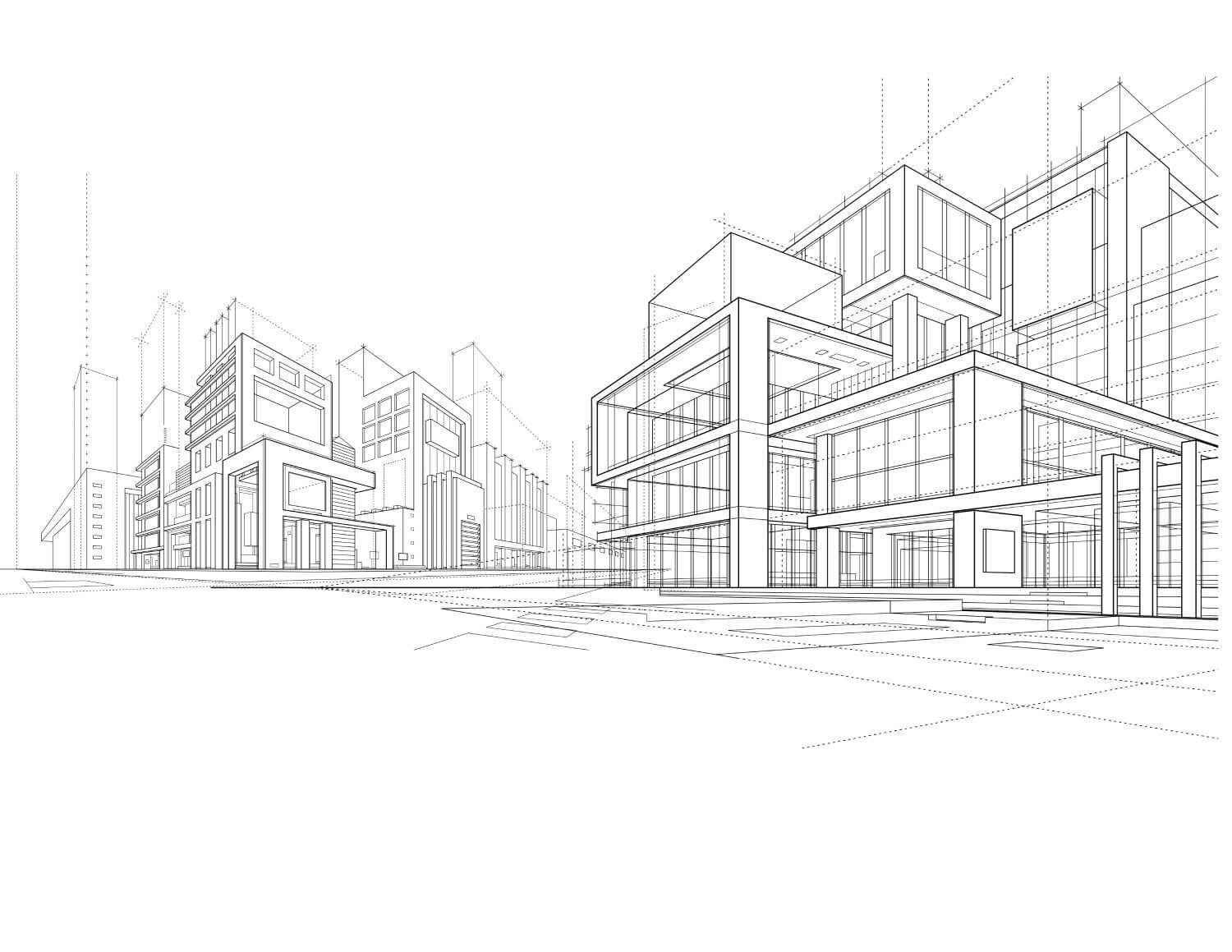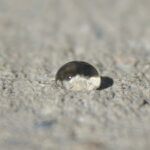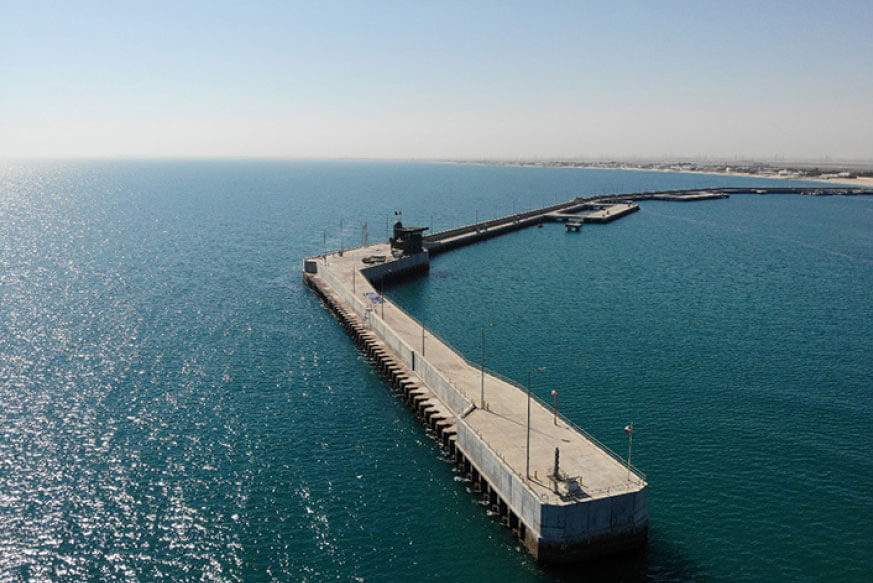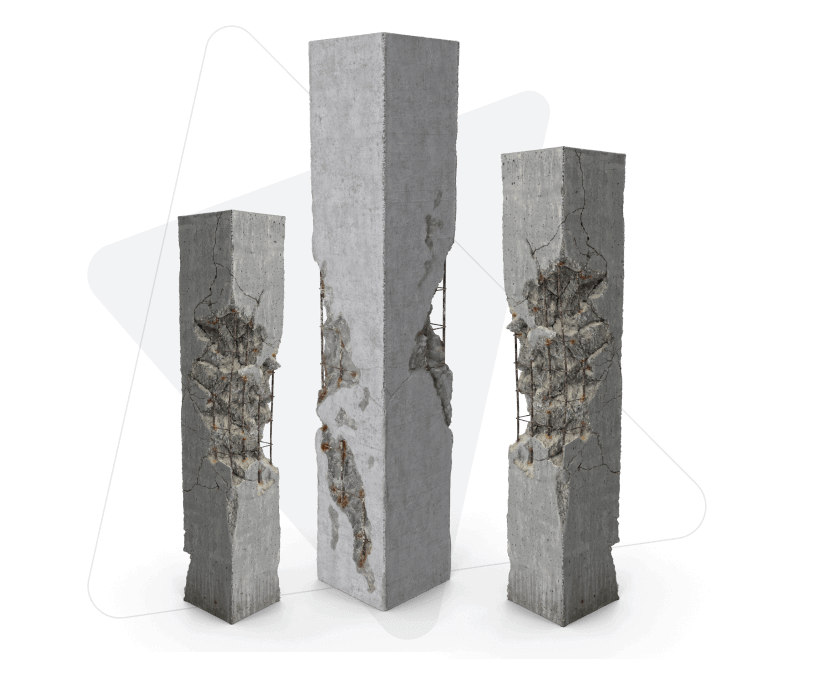Confused about how to appropriately specify integral concrete waterproofing?
You are not alone if you find this topic confusing. While integral concrete waterproofing admixtures have been effectively used since their introduction in the 1960s, clear-cut standards have been traditionally lacking.
The logic of protecting concrete from damage caused by moisture intrusion from the inside out is obvious. The benefits delivered by these admixtures including faster construction schedules, greater long-term durability, lower costs, and lower risk have helped propel them to among the fastest growing segments in the concrete technology sector today.
This growth has consequently attracted many suppliers of integral concrete waterproofing to the segment each with their own claims of performance enhancements. Along with these claims comes advice about what should and what should not be considered for use in protecting structures.
Unfortunately, provided information can be hard to interpret, or even misleading if unequipped with a strong concrete chemistry background, an advanced understanding of concrete’s complex rheology, and a clear understanding of how water interacts with hardened concrete. The guide below should help clear up some of the confusion.
US vs. International Standards for Concrete Admixtures
Unlike in Europe, in the US standards for performance are not defined and ASTM test methods have just recently been developed to mimic international methods. Currently EN480-5 is the only standard which defines performance for water proofing admixtures. The cacophony of voices on the subject is often deafening, and at the least irritating, especially for designers trying to navigate through the maze of information and choices to provide sound advice to their clients.
The ACI 212 Committee on Chemical Concrete Admixtures has been tasked to bring some clarity to the segment. The published document, Chapter 15 Permeability Reducing Admixtures (PRA) classifies two broad categories; Permeability reducing admixtures non-hydrostatic conditions (PRAN), and permeability reducing hydrostatic conditions (PRAH).
Unfortunately, this document intended to clarify has added to the confusion as some suppliers in the market have used it to intentionally confuse specifiers on where types of technologies (and sometimes specific products) should be used. Some admixtures will provide hardened concrete performance characteristics describing them as PRAH or PRAN while some will qualify as both.
More than a cursory read is required to ensure the appropriate technology is specified for the anticipated service conditions of the structure being designed.
Key Considerations in Specifying an Integral Concrete Admixture:
So, what are the most important questions to ask as a specifier when considering any integral concrete admixture approach?
- Does it meet the current ACI guidelines for its intended use?
- Does it have independent current performance testing to validate any claims?
- Does it have a history of successful projects in similar exposure conditions?
- Does the manufacturer provide project review and design assistance to ensure the products are being specified and used properly?
- Does the manufacturer provide a performance-based warranty in case of problems?
It is extremely important to have a discussion with the admixture manufacturer’s technical representative to understand where their technology and approach to concrete protection provides the specific benefits required on any project. Doing so will help you ensure a successful performance outcome.
Leading the Way in Waterproof Concrete for 25+ Years
Since the late 90s, protecting concrete structures in North America from damage caused by moisture intrusion has taken a giant step forward. Research based advancements in concrete admixture nano technology has allowed owners and their design teams to simply modify the concrete and eliminate the need for membranes and coatings. Hycrete admixtures have led the way in these advancements.
Hycrete protection has been successfully utilized on more fully warranted high-hydrostatic pressure basements, parking structures, elevated decks, water tanks, marine structures, public infrastructure, and industrial protection applications than any other integral admixture supplier.
Hycrete provides proven superior concrete protection, as the only waterproofing admixture that meets all PRAH (Permeability Reducing Admixture – Hydrostatic) and PRAN (Permeability Reducing Admixture – Non-Hydrostatic) criteria. Moreover, we offer unparalleled project support, helping builders worldwide stay on track and under budget.










